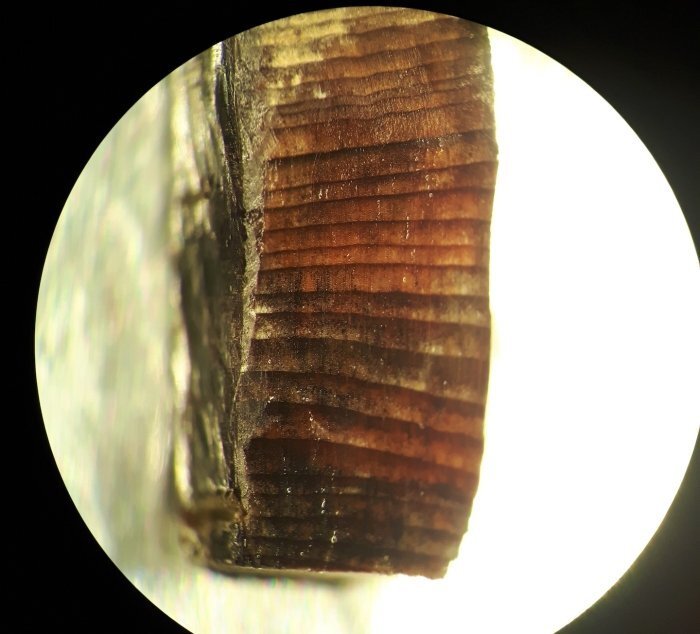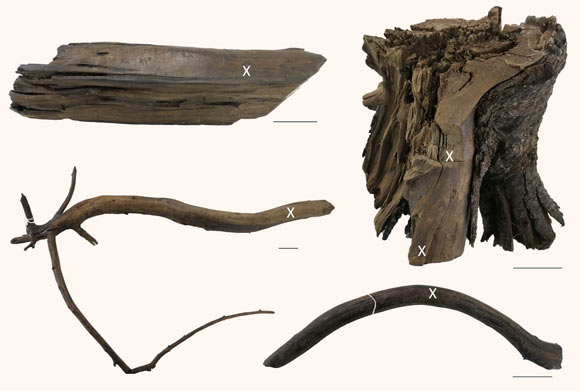New archaeological evidence has helped experts adjust the date for the Viking arrival in North America.
According to a team of archaeologists led by the University of Groningen in the Netherlands, pieces of wood scarred with cut markings were precisely dated to the year 1021 CE – exactly 1,000 years ago – and the indigenous inhabitants did not produce the metal tools that generated those marks.
On the other hand, Vikings did produce and utilize metal tools and were known to have established near the archaeological site of L’Anse aux Meadows, where the wood was discovered.

Before Christopher Columbus got his sticky hands everywhere, Vikings arrived and established in North America in L’Anse aux Meadows in Newfoundland, Canada. However, obtaining a specific date for the temporary occupancy has been challenging.
However, in recent years, archaeologists have been increasingly utilizing a tremendous and inventive dating tool: dendrochronology, which is based on counting tree rings.
You’d think it’d be challenging for a piece of cut wood of unknown age, but assistance comes from an unexpected source: solar storms.
The proof can be found in the quantity of carbon-14, a radioactive isotope of carbon. Radiocarbon is found in tiny proportions on Earth compared to the other naturally occurring carbon isotopes.

Because cosmic rays are continually pouring across space, Earth obtains a more or less constant supply of radiocarbon.
Some of this can be found naturally in tree rings. And now and again, a vast radiocarbon spike appears in tree rings, gradually dissipating over time. Because the solar activity is a well-known source of cosmic rays, these surges are typically interpreted as evidence of solar flares and storms.
A similar solar storm has been detected in tree rings from throughout the world and dated to 992 to 993 CE based on the rate of radioactive decay of radiocarbon. According to the researchers, this spike can also be detected in four pieces of chopped wood recovered in L’Anse aux Meadows.
“Finding the signal from the solar storm… [in] the bark allowed us to establish that the cutting activity took place in 1021 CE,” said archaeologist Margot Kuitems of the University of Groningen.

This discovery adds another feather to the dendrochronology cap, indicating that solar storms may also be a trustworthy and accurate reference point for contextualizing archaeological objects.
The researchers wrote in their report, “We give evidence that the Norse were active on the North American continent in the year AD 1021.”
“This date represents a safe junction in late Viking chronology.” More crucially, it serves as a fresh point of reference for European understanding of the Americas and the first known year in which human migration ringed the globe.”























